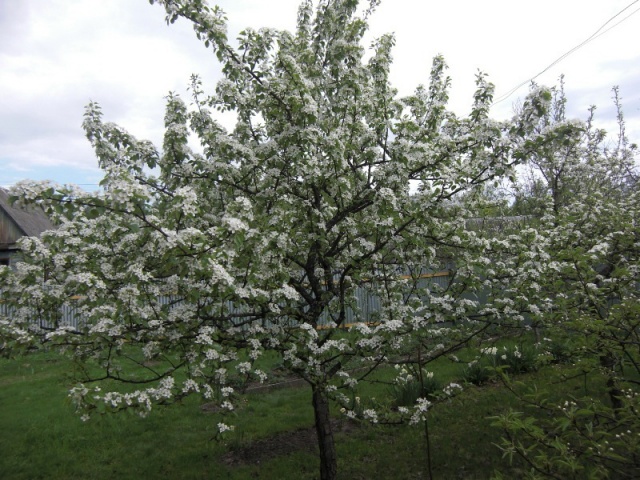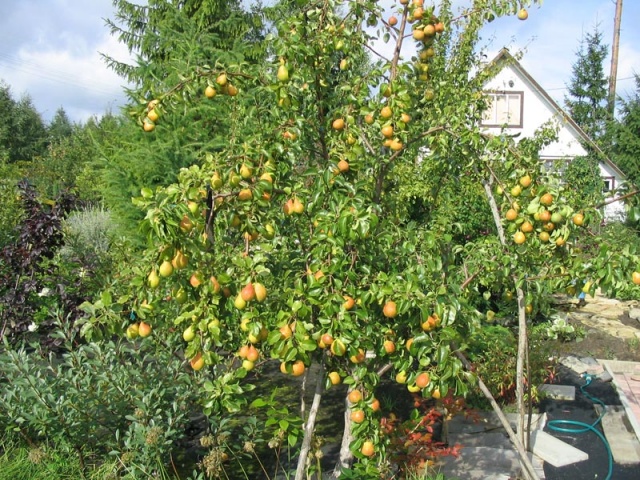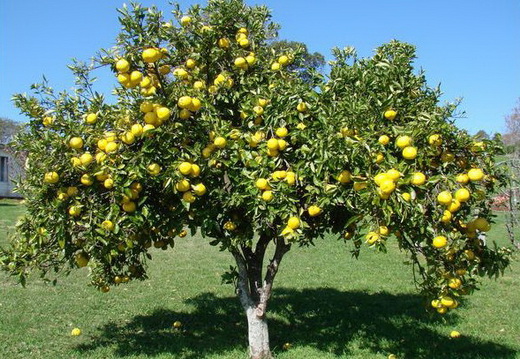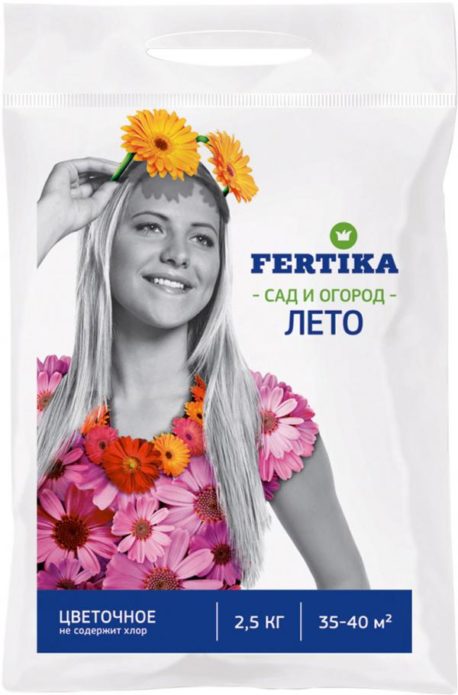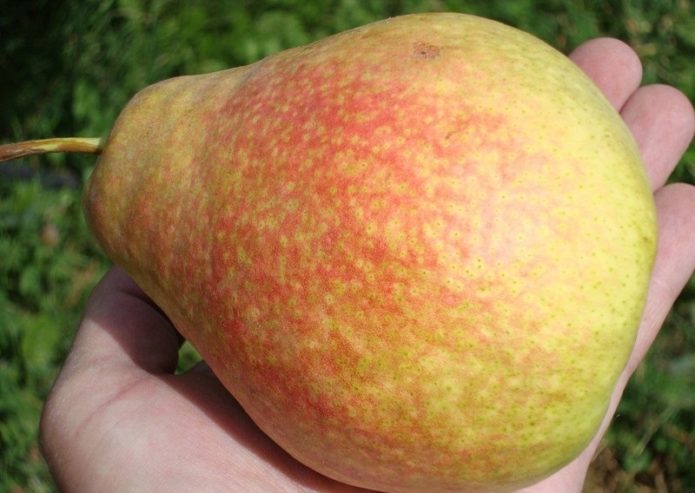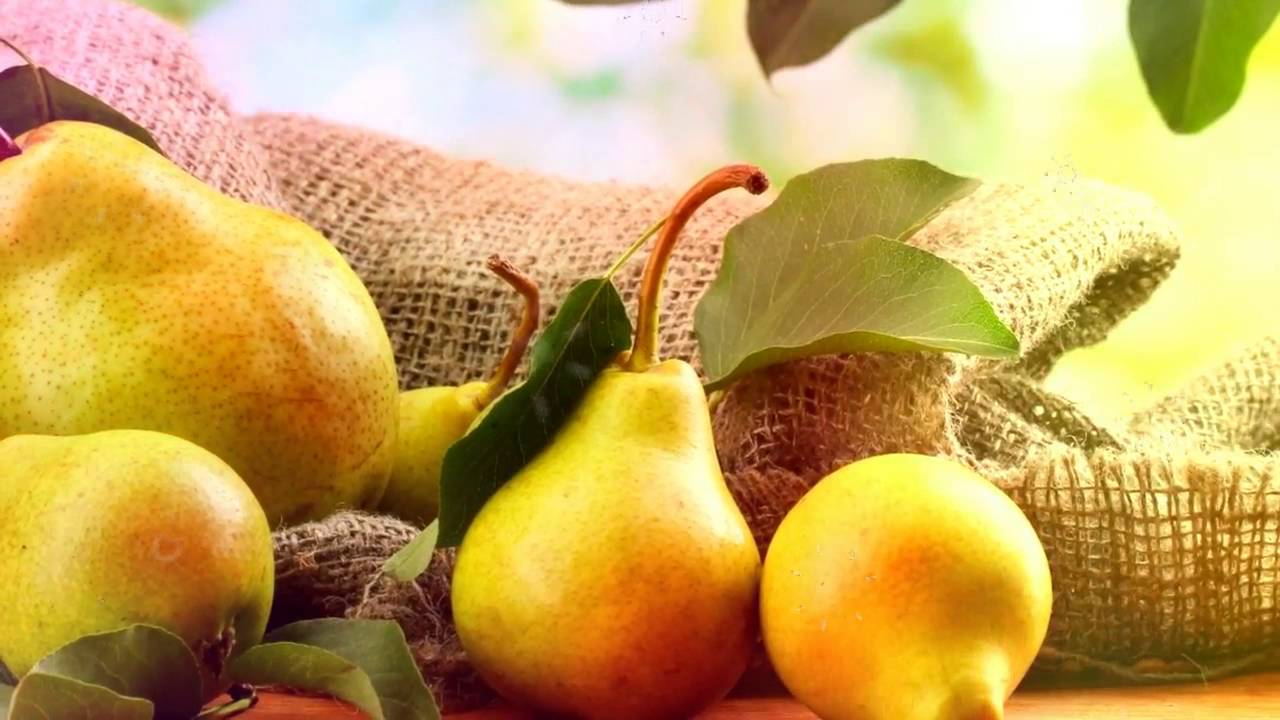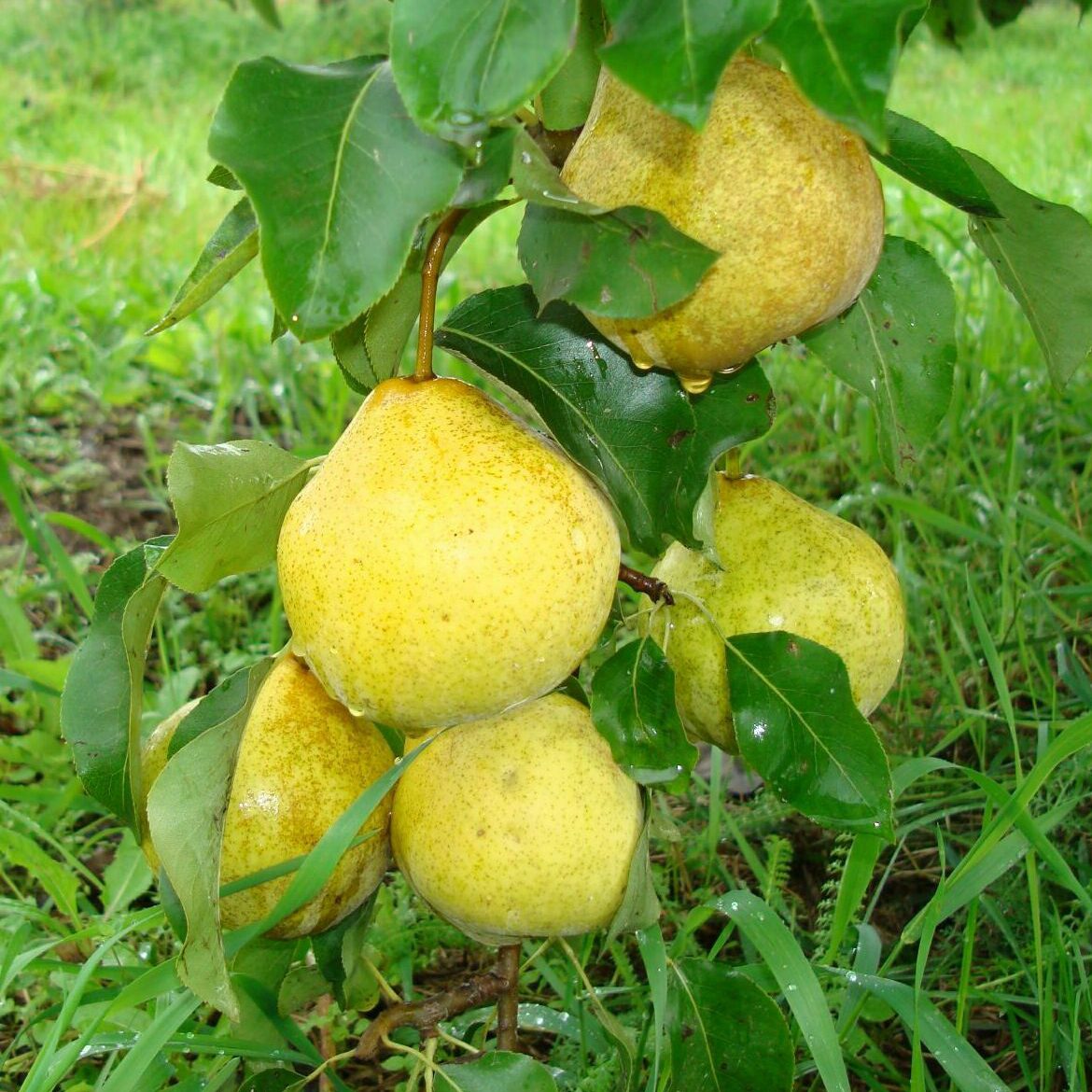Pear Marble appeared 80 years ago. Today there are many modern varieties that are more resistant to diseases, however, there are still few fruits equal to it in taste. For the sake of juicy, aromatic and sweet fruits, gardeners are ready to put up with shortcomings, to pay more attention to the pear tree. Moreover, the agricultural technology of Marble differs only slightly from the standard one.
Content
History of pears Marble
This is a very old variety, or rather a hybrid, since it was obtained by cross-pollination of the Forest Beauty and Bere Winter Michurin. Pear Marble was bred in 1938 in the city of Rossosh, Voronezh Region, by two employees of the local fruit and berry station: Ulyanischeva A.M. and Neporozhnaya D.Z. The application for registration in the State Register was filed after the Great Patriotic War, in 1946. And only almost 20 years later, in 1965, it received the official status of a breeding achievement, entered the register with a clear description of varietal characteristics, zoned for the Central, Central Chernozem, Lower Volga and Volga-Vyatka regions, that is, it grows well in an average climate. stripes of Russia.
Description of the variety
Marble refers to summer varieties, the harvest ripens in August - September. The tree does not exceed 5-6 meters in height, the crown is of medium density, it grows in the form of a wide pyramid. The pear begins to bear fruit at the age of 6-7, the first flowers and several fruits may appear earlier. Fruits are large - 120–160 g each, some specimens - 200–300 g. The shape is round-conical, with an influx at the stalk and slight rustiness. The fruit saucer is shallow, slightly ribbed. The main color is yellow-green, the blush is brown-red, blurred, with strokes and dots.
The skin is dense, and beneath it is a sugary, coarse-grained pulp that melts in the mouth. There are few pears to taste like Marble. Its fruits are so juicy and sweet that, after lying down for only a few days, they resemble a ripe melon in consistency and taste. For this reason, they are not stored for a long time, they need to be quickly eaten and processed, which can be problematic with high productivity. In industrial plantings, the yield of Marble is 160–240 c / ha.
Video: an overview of the marble pear during ripening
Winter hardiness of this variety is above average, in the regions of zoning it rarely freezes. If the crown is damaged, it is easily restored due to numerous replacement shoots. Marble needs treatment for scab; in damp years, due to this disease, the fruits can rot right on the tree. However, the great taste of large pears compensates for this disadvantage. And it is easy to fight it, it is enough to carry out 2-3 preventive spraying in the spring.
Advantages and disadvantages of marble pears (table)
| Benefits | disadvantages |
| Good winter hardiness in regions for which it is zoned | Yield decreases in dry weather |
| High yield | Rainy summer sick with scab |
| The fruits are large and very tasty | Fruits are not stored for a long time |
| High vitality: quickly recovers from sunburn, freezing, improper pruning, etc. | Needs regular crown thinning |
| Self-fertile, no pollinators needed |
Planting pears
For medium-sized pears, the planting pattern is 4 meters from neighboring trees and 5-6 meters from a fence or structure. On fertile soil, black soil, it is enough to make a hole in the size of the roots and plant.
The pear must not be buried during planting. Place the root collar (the place of origin of the uppermost root) at soil level. Do not confuse the root collar with the grafting site - the thickening at the bottom of the trunk, it should always be above the ground.
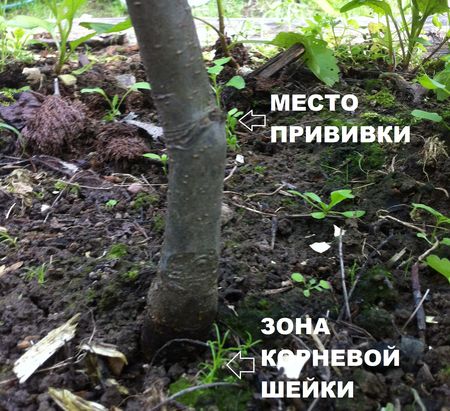
At the grafting site, the seedling has a thickening, curved, it is always above the ground, and the root collar is at soil level
If the soil is poor, for example, clay or sandy, then prepare the planting hole in advance:
- for spring planting - in the fall;
- for autumn - 2-3 weeks.
Stages of preparing a pit for a pear:
- Dimensions: 60 cm deep and up to 1 m in diameter. The poorer and heavier the soil, the larger the hole should be. Make the walls vertical, otherwise the soil in it will sag unevenly.
- Mix the soil removed from the upper 30 cm with humus or compost. One seedling may require 2-3 buckets. Add 1 kg of wood ash to the mixture.
- Fill the hole with prepared soil and stick a peg in the center as a mark. When you get a seedling, all that remains is to make a hole for the root, plant and water.
Video: rules for preparing a landing pit
Before planting a seedling with an open root system, hold it in water for several hours, it is better to use rainwater, add root formation stimulants to it (Epin, Kornevin, Novosil, Energen, etc.). Plant a tree purchased in a container in a prepared pit by transshipment, that is, without shaking off the earth from the roots, without destroying the lump. After planting, mulch the well or sprinkle with dry soil so that a crust does not form.
Features of caring for pear Marble
The first 4–5 years, that is, before the beginning of fruiting, care consists in weeding and watering. Water consumption - 30 liters per square meter of the trunk circle. Water when the soil under the mulch dries up: in heat and drought - once a week, and in a rainy summer you are freed from this activity. There is another important agricultural technique that must be performed immediately after planting - crown formation.
Basic rules for crown formation:
- The tree should have a bole, so cut off any branches growing close to the ground. The height of the trunk for a seedling is 30-40 cm, for an adult tree - 70-100 cm.
- For skeletal branches, choose shoots directed in different directions and extending from the trunk at an angle of 45⁰ or more.
- The crown should consist of 6-8 skeletal branches, evenly spaced along the trunk or in tiers and not shading each other.
- Only one conductor (trunk) should grow vertically upward, shoots competing with it should be removed or shortened.
- Skeletal branches in the second year are shortened by 1/4 for branching.
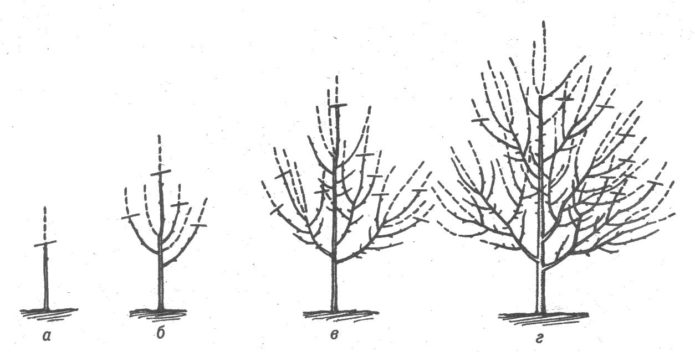
Formation of a tree by years: a - cut off the top of the seedling for branching, b - select skeletal branches and shorten them, c - make the first thinning of the crown, shorten annual growth by a third, d - the crown is formed,make thinning and pruning of strong growths for subordination of branches
Apple trees and pears tend to rise over the years, the fruits are tied at the crown, the stem becomes high, and the skeletal branches at the trunk are bare. Fruit branches are laid only on the periphery of the crown. Marble grows up to 5-6 m, but this is a great height, it is inconvenient to harvest, you need a ladder.
Marble, with good watering and feeding, is a very productive variety, it restores the crown well, so do not leave many skeletal branches. Let them be less (4-5), but well located and illuminated. The fruits will then grow larger, brighter colored and sweeter than in a thickened crown.
To avoid many tops (vertically growing branches), make cuts correctly - per ring. If you leave the stump, then a whole broom of replacement shoots will grow out of it.
From the year of entry into fruiting, start feeding. They are done according to the standard scheme:
- In early spring, after the snow melts, at the first loosening - nitrogen (urea, ammonium nitrate, mullein or dung infusions).
- Before or during flowering - complex with trace elements (wood ash, infusion of weeds or ready-made mixture for Fertik's garden, etc.).
- In autumn, during the period of leaf fall - phosphorus-potassium (superphosphate, potassium sulfate).
In the care of Marble, there is only one significant nuance - the prevention of scab and other fungal diseases. For processing, choose a calm, not rainy day and a good fungicide (Skor, HOM, Bordeaux mixture). Do the first spraying on the swollen buds, repeat 1-2 more times at intervals of 10 days. In a hot summer, Marble does not get sick with scab at all, however, no one knows in advance what the weather will be like, so it is better to prevent the appearance of signs of the disease than to be left without fruit later.
Video: marble pear infested with scab
Harvest and destination
The purpose of any fruit is to replenish our diet with vitamins, macro- and microelements. The first ripe fruits should, of course, be eaten fresh. Not overripe Marble pears can be cut into slices and dried or dried, making candied fruits out of them. In general, this variety is versatile, suitable for making compote, preserves, jam, marmalade. Overripe fruits will make excellent puree, juice and even wine.
Gardeners reviews
Marble itself is immediately visible along the trunk. It is difficult to form it correctly. Rod "tops" from everywhere. There is a photo of a young and blooming Marble tree. And the pear itself on a branch from its own garden.Well, the taste of ripe Marble in early September cannot be confused with anything! It melts in your mouth like a melon and tastes like it. And very sweet.
The marble fell out in the form of a tree, although the pears were very good. But today I would not keep any sort of tree on a tree - pears are very productive, but varieties for the middle lane are not stored. As a result, the harvest ripens and overstocking occurs (terrible, you try to make all the passers-by happy at the expense of other things). So it is optimal, if you start capricious varieties, then in the form of vaccinations for winter-hardy stem formers.
I like Marble better. In the cold, it froze slightly and moved away. The fruit tastes sweetly sugary. Rooks also really like it.
At an early age, Marble suffered from sunburn, and the wounds were so large that in some places there were only narrow strips of bark and I waited for the death of the plant, but it was drawn to life, giving every year a more tangible harvest. Over time, the bark hardened, the wounds healed and the pear grows for our (and our) pleasure. There was no frostbite on either the pear or the apple tree.
This year I planted a marble pear (supposedly considered the standard), it is summer, August. Fruiting for 6-7 years. I will form every year, 2 cuttings in one trunk no more than 2.5-3m. It is extremely demanding for processing (spray at least 3-4 times), but experts say that I will not regret it, it is very tasty.
Pear Marble is loved by many gardeners for the excellent taste of the fruit, for the sake of which small flaws can be forgiven. And there are not so many flaws in the variety. It is necessary, as with any fruit tree, to take care of: watering, feeding, cutting dry branches. Special attention is required only when forming the crown. In addition, scab prevention is required.

